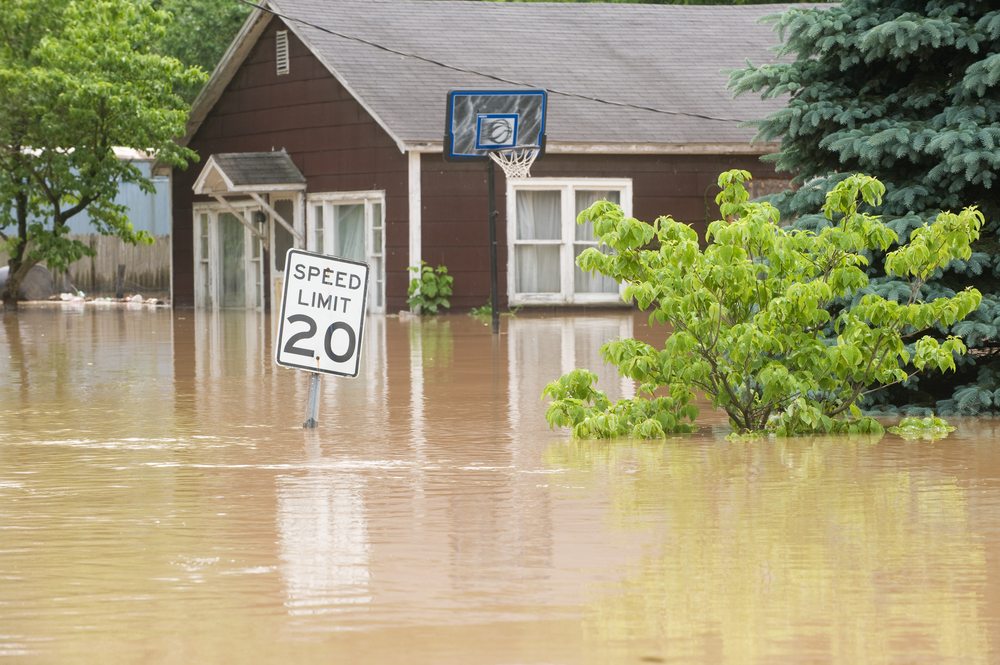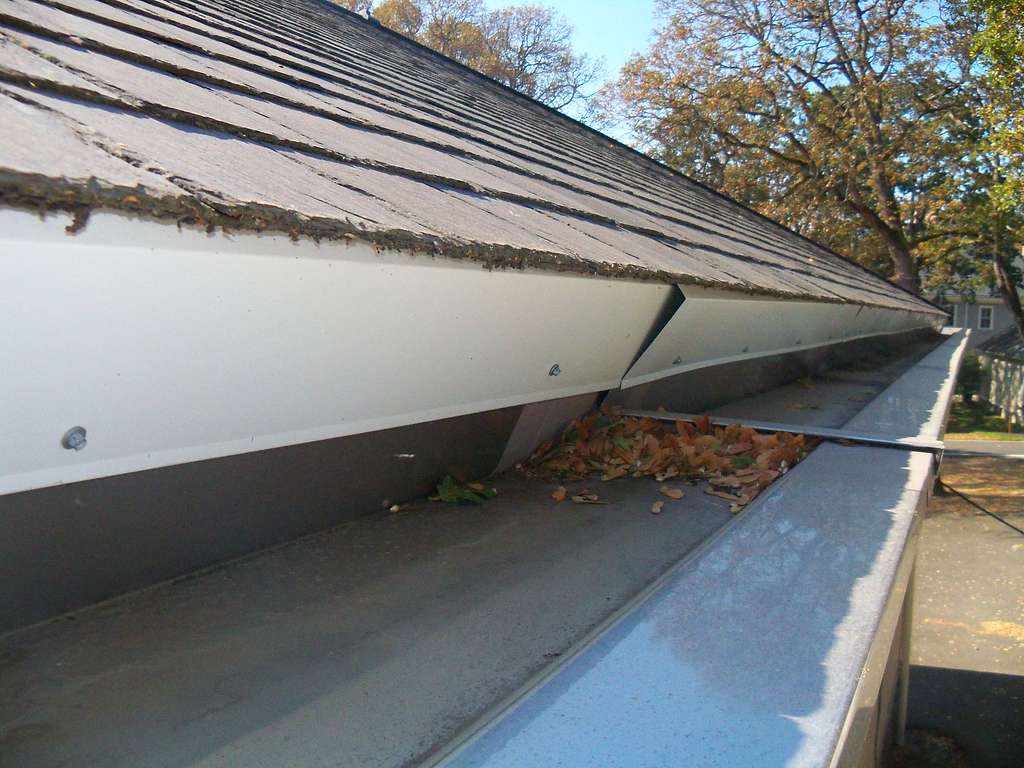Table of Contents

Hurricanes are notorious for causing widespread destruction, but the dangers don’t end once the storm passes. One of the most significant and often overlooked risks is post-hurricane flooding. While the winds may calm down, the floodwaters that follow can pose severe health, safety, and property risks.
In this comprehensive guide, we’ll explore the hidden dangers of post-hurricane flooding, the potential hazards it brings, and provide essential tips for staying safe in the aftermath.
Why Post-Hurricane Flooding Is So Dangerous
After a hurricane, the massive amounts of rainwater, combined with storm surges and overflowing rivers, can lead to extensive post-hurricane flooding. Here are some reasons why this flooding is particularly hazardous:
1. Contaminated Water
Floodwaters are often contaminated with hazardous materials, including sewage, chemicals, and bacteria. Exposure to this polluted water can cause serious health issues such as skin infections, gastrointestinal problems, and waterborne diseases like cholera or hepatitis A.
2. Hidden Debris
Floodwaters can conceal dangerous debris like broken glass, nails, and sharp metal objects. Additionally, structural damage to roads and buildings caused by the storm may not be visible beneath the water’s surface, making it incredibly risky to walk or drive through flooded areas.
3. Electrocution Hazards
One of the most dangerous risks associated with post-hurricane flooding is the potential for electrocution. Water can come into contact with downed power lines, submerged electrical appliances, or compromised electrical systems, creating a deadly hazard. Avoid wading through or driving in flooded areas until power has been shut off and cleared by professionals.
4. Mold Growth
Standing water and excess moisture after a hurricane create the perfect environment for mold growth, which can begin in as little as 24-48 hours. Mold can spread quickly through flooded properties, affecting walls, furniture, and personal belongings. Prolonged exposure to mold can cause respiratory problems, allergies, and other serious health issues.
5. Structural Instability
The force of post-hurricane flooding can weaken the foundations of homes and buildings, increasing the risk of collapse. Floodwater saturation can erode building materials and compromise structural integrity, making it dangerous to enter affected buildings before they are properly inspected by professionals.
6. Wildlife and Pests
Floodwaters can displace wildlife, including snakes, rodents, and insects. These animals may take refuge in flooded areas or damaged buildings, posing additional risks. Additionally, standing water can attract mosquitoes, which can spread diseases like West Nile virus or Zika virus.
How to Stay Safe After Post-Hurricane Flooding
While post-hurricane flooding presents serious challenges, you can take steps to protect yourself and your property. Here are some essential tips for handling the aftermath of a hurricane safely:
1. Avoid Contact with Floodwaters
Whenever possible, avoid direct contact with floodwater. It’s often contaminated with harmful chemicals, sewage, and debris. If you must walk through floodwater, wear protective gear such as waterproof boots, gloves, and clothing to minimize skin exposure.
2. Turn Off Power
Before entering a flooded building, ensure the electricity is turned off at the main breaker. Water and electricity don’t mix, and even small amounts of standing water can pose a risk of electrocution. Always have a licensed electrician inspect the electrical system before restoring power.
3. Inspect for Structural Damage
Do not assume a building is safe to enter after post-hurricane flooding. Inspect the exterior for signs of structural damage, such as cracks in the foundation, sagging roofs, or broken walls. It’s a good idea to have a professional structural engineer or contractor assess the property before re-entry.
4. Dry and Disinfect Thoroughly
Begin the drying process as soon as it’s safe. Remove standing water, open windows for ventilation, and use dehumidifiers and fans to dry out your home. Disinfect surfaces that have come into contact with floodwater, especially areas like floors, walls, and furniture. This helps reduce the risk of mold growth and contamination.
5. Watch for Mold Growth
Even after you’ve dried your property, mold can still be a problem. Check for visible signs of mold, particularly in damp areas, and monitor for musty odors. Consider hiring a professional mold remediation service if mold growth becomes extensive.
6. Document the Damage
Take photos and videos of any flood damage to your property. This documentation will be essential for filing insurance claims. Make sure to record the condition of your home both inside and out, and keep any receipts for repair costs.
7. Dispose of Contaminated Items
Items that have been soaked in post-hurricane flooding and cannot be properly cleaned or disinfected should be thrown away. This includes mattresses, upholstered furniture, carpeting, and certain electronics. These materials can harbor mold, bacteria, and hazardous contaminants that can affect your health.
8. Stay Informed
Stay updated on weather conditions and local government alerts. Post-hurricane flooding can persist for days or even weeks after the storm, and additional flooding may occur as rivers and lakes swell from the influx of rainwater. Always follow evacuation orders and road closure advisories.
The Importance of Professional Help After Post-Hurricane Flooding
Handling the aftermath of post-hurricane flooding can be overwhelming and dangerous. It’s important to recognize when to call in professional help. Restoration companies specialize in water damage cleanup, mold remediation, and structural repairs, ensuring your property is restored safely and thoroughly.
Professionals have the necessary equipment, training, and experience to manage post-flood hazards and can assist in cleaning up contaminated floodwater, preventing mold, and repairing structural damage. Additionally, they can help you navigate the insurance claims process by providing thorough documentation and repair estimates.
Final Thoughts
Post-hurricane flooding is a serious and often underestimated threat. From contaminated water and electrocution risks to hidden debris and mold growth, the dangers can persist long after the storm has passed. Taking appropriate precautions, staying informed, and seeking professional help when necessary will ensure your safety and minimize the long-term impact on your property.
As we continue to face more extreme weather events, understanding the hidden dangers of post-hurricane flooding is crucial to protecting yourself, your family, and your home. Always prioritize safety, follow local guidelines, and be prepared to act quickly in the face of rising waters.
By addressing these often-overlooked risks and providing actionable advice, you can help ensure a safer recovery process after a hurricane. Stay prepared, stay informed, and always prioritize safety when dealing with post-hurricane flooding.
Contact Us for Professional Water Mitigation Services
Don’t let post-hurricane flooding cause lasting damage to your home. Act quickly and call our professional water mitigation team today. We’ll ensure your property is restored to a safe, dry, and livable condition, protecting both your home and your peace of mind.
With years of experience in post-hurricane flooding recovery, we’re ready to help you tackle water damage before it becomes a bigger problem. Reach out to us now on +1 305 894-4343.


